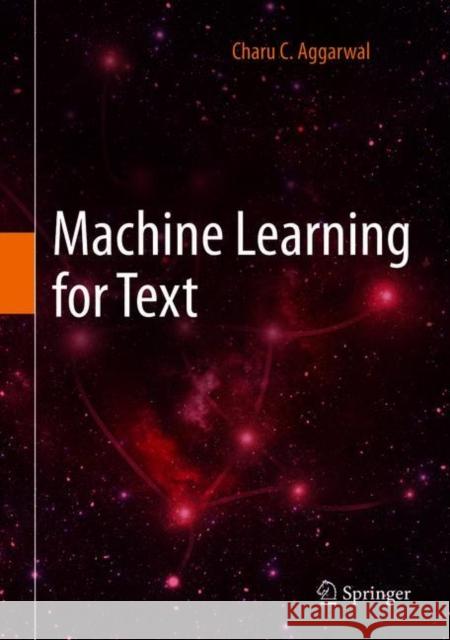Machine Learning for Text » książka
topmenu
Machine Learning for Text
ISBN-13: 9783319735306 / Angielski / Twarda / 2018 / 493 str.
Kategorie:
Kategorie BISAC:
Wydawca:
Springer
Język:
Angielski
ISBN-13:
9783319735306
Rok wydania:
2018
Wydanie:
2018
Ilość stron:
493
Waga:
1.10 kg
Wymiary:
25.4 x 17.78 x 2.87
Oprawa:
Twarda
Wolumenów:
01
Dodatkowe informacje:
Wydanie ilustrowane











